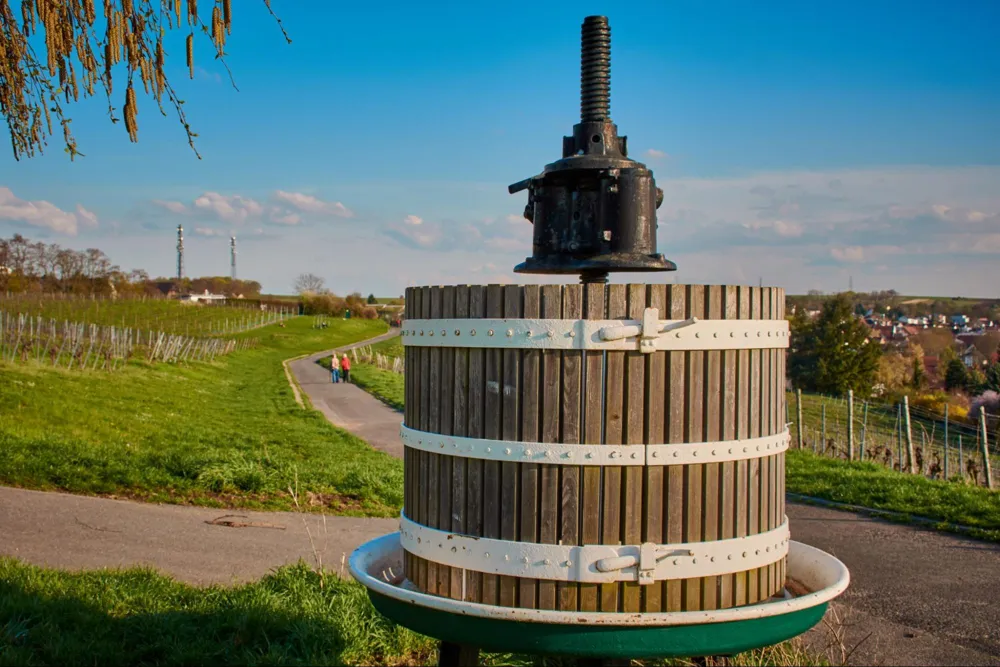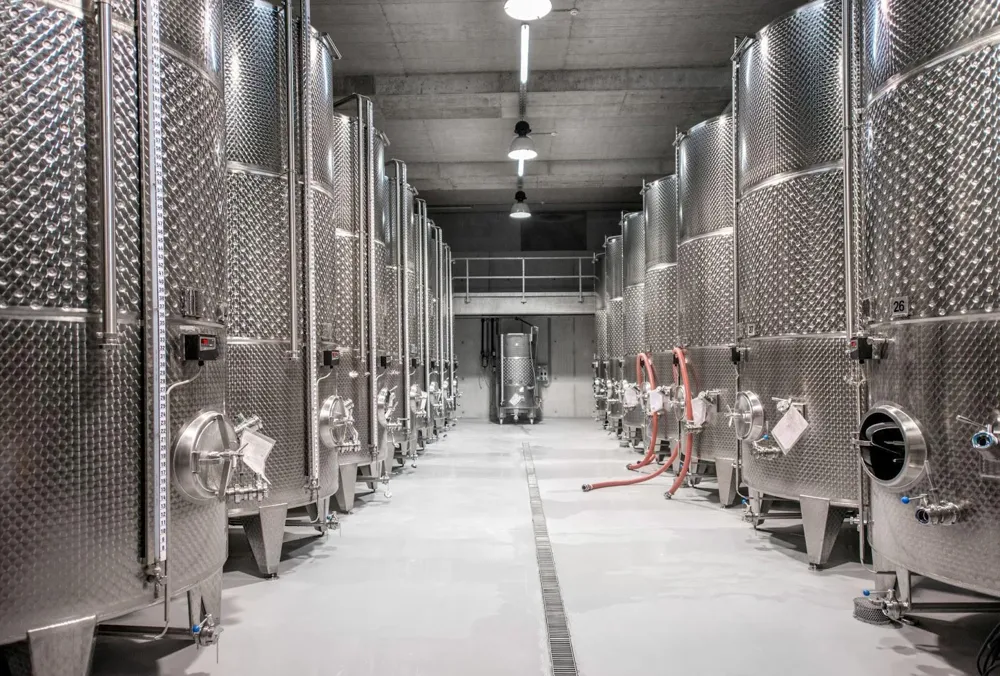Behind the Scenes of Biodynamic, Organic, and Natural Wine Production - Part 2: In the Cellar
Post-harvest, winemakers are tasked with pivotal decisions regarding grape processing. Grapes from biodynamic vineyards are suitable for organic methods, and those from organic fields can be processed conventionally. However, the reverse is not permissible. Grapes in both organic and biodynamic categories must be devoid of any residues typical of conventional practices. To streamline processes in facilities handling various grape types, a 'downward transition' in classification is common, circumventing the need for continuous, rigorous equipment sterilization.

For organic wines, fermentation is often initiated with commercially sourced, certified organic yeasts. In contrast, biodynamic and natural wines generally prefer the route of spontaneous fermentation using wild yeasts. Among these, Saccharomyces cerevisiae eventually dominates, especially after alcohol levels rise, suppressing weaker strains such as Hansenula around 2% vol.
Processing biodynamic wines requires strict adherence to certified aids and natural materials, often leading producers to exclusively use their certified products, thus raising production costs. These stringent processing rules, like avoiding pad filtration, typically yield dry, unfiltered wines. Organic winemaking, however, offers more leeway, allowing the use of any organic-certified products, irrespective of the brand.
Natural wines, lacking strict categorization, could theoretically incorporate aids like gelatine, pea protein, or casein. Nevertheless, the common practice involves crushing, cold settling, skin fermentation, then racking and bottling without adding sulfur dioxide or other additives, following a low-intervention philosophy. This approach, though, may lead to heightened bacterial growth, risking volatile acidity and vinegary flavors. A modest amount of sulfur dioxide can serve as an effective antiseptic to mitigate these issues.

Then there's Brettanomyces bruxellensis, an unpredictable yeast strain that impacts both conventional and natural wines, known for imparting flavors reminiscent of band-aids or wet dog. Controlling this strain demands stringent hygiene, higher sulfur dioxide levels, and lower pH. Sometimes, winemakers intentionally blend it into wines, or it may be present in unsanitized barrels. Effective management of this yeast is crucial, relying heavily on hygiene and expertise.
The sulfur dioxide debate in winemaking is quite significant. Recognized as an allergen, sulfur dioxide can trigger reactions in some individuals. However, its concentration in dry wines is typically lower than in dried fruits or crisps. In the US, for instance, organic wine standards cap sulfur dioxide at 10 ppm, similar to the limit for French natural wines.
In the EU, conventional dry red wines can contain up to 150 mg/L total sulfur dioxide, whereas organic or biodynamic wines are allowed 30 to 50 mg/L less, depending on the exact sweetness level. Producing low-sulfur wines demands pristine grapes, prompt processing, and effective clarification. Also, the wine must preserve microbiological stability to inhibit the development of harmful substances. Sulfur dioxide's role in binding polyphenols also helps prevent the formation of histamines, commonly associated with headaches. Thus, finding a balance is key, as no one solution fits all.
No single style reigns supreme; it's all about personal taste. Natural wines have the potential to match the excellence of biodynamic wines, and the reverse is true as well. The production methods and certifications offer a glimpse into a winemaker's approach but don't inherently elevate one wine over another. In the end, the true measure of a wine's worth lies in its price, taste, and overall quality.
Peter Douglas



